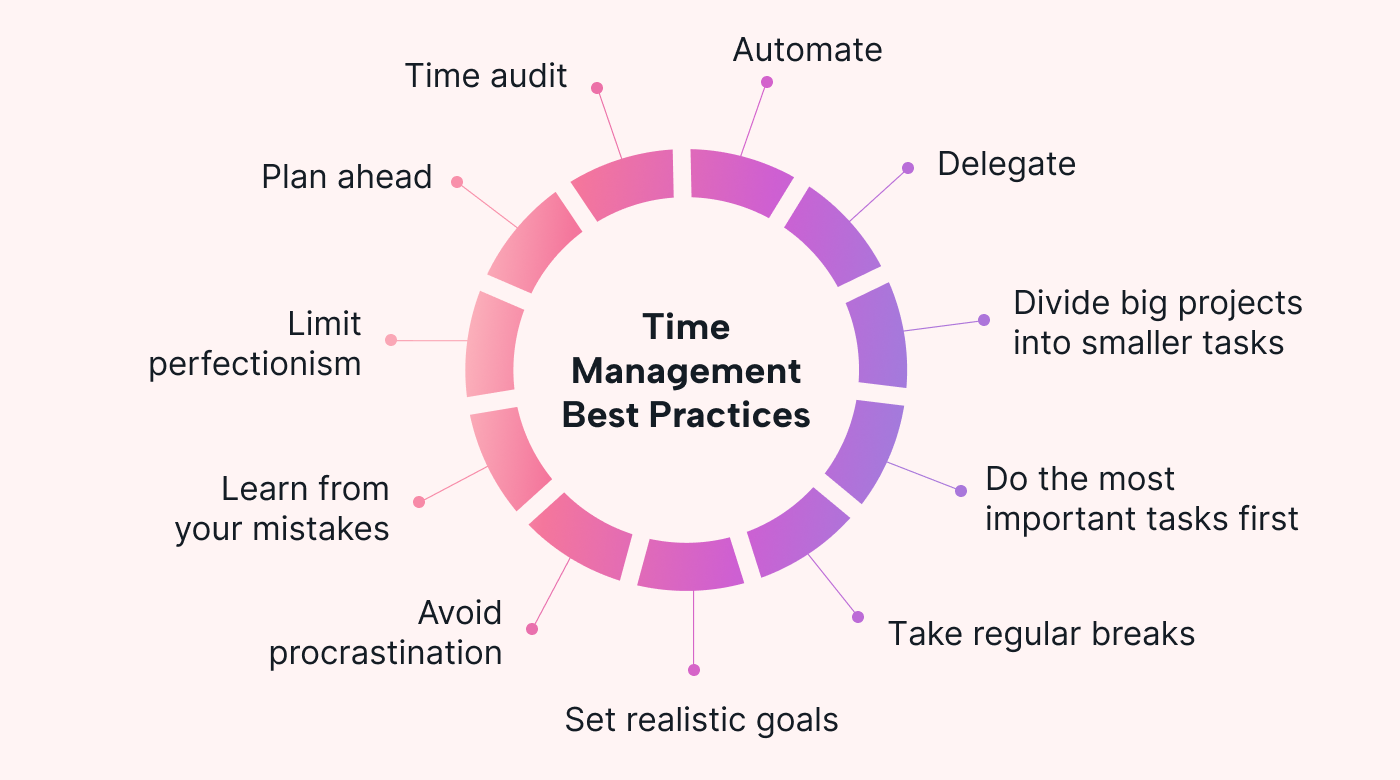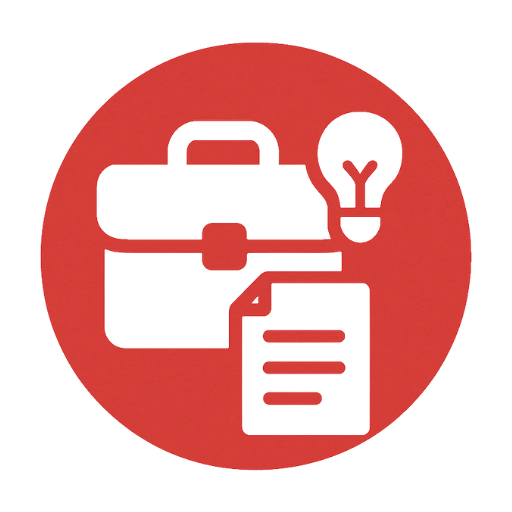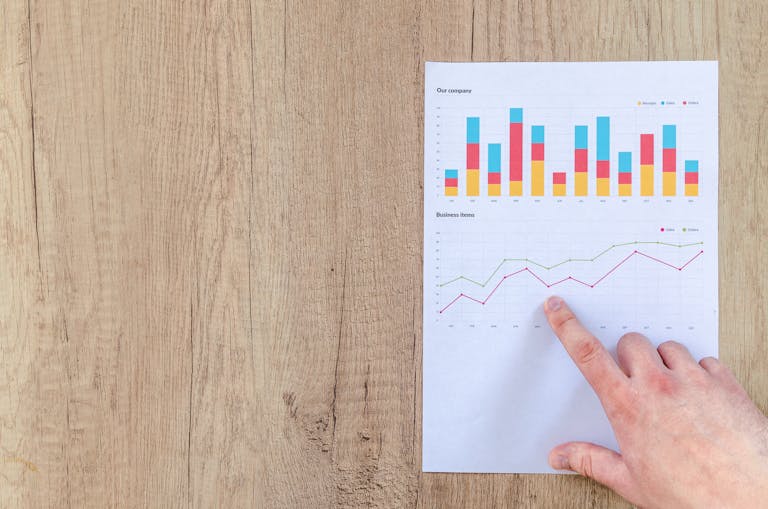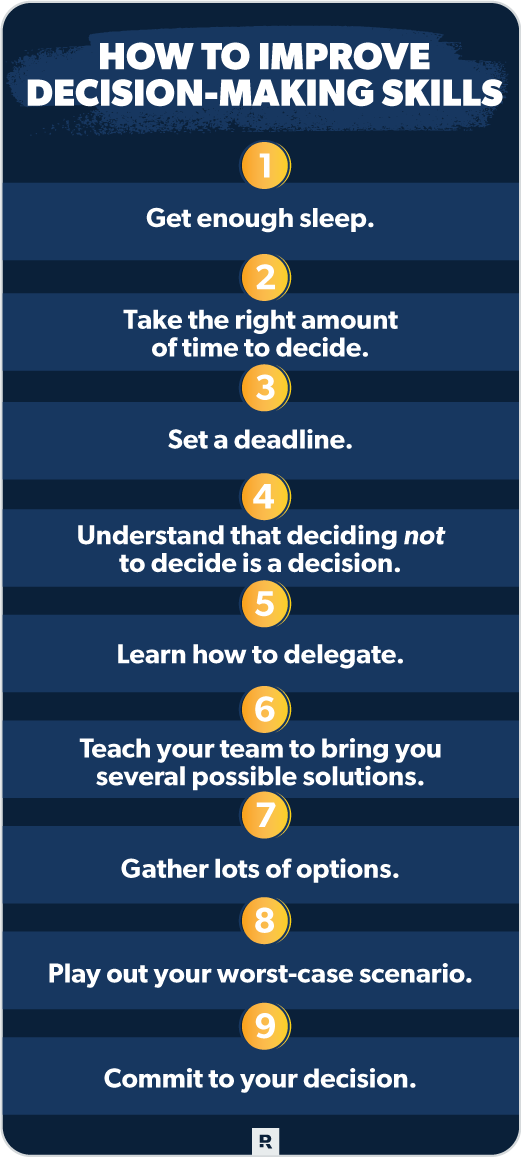Practical Methods To Improve Time Management And Productivity

Ever felt like there were never enough hours in a day? A staggering 89% of people have admitted to wasting time daily, according to a survey by Salary.com. Moreover, it’s been found that effective time management can drastically increase productivity and reduce stress levels.
Throughout history, various techniques have emerged to tackle the challenge of managing time. From the Pomodoro Technique invented in the late 1980s to the Eisenhower Matrix, these methods have proven to be quite transformative. Studies highlight that professionals utilizing these strategies report up to a 30% increase in work efficiency and output.

Practical Methods to Improve Time Management and Productivity
Setting priorities is a crucial step towards better time management. Start by identifying what activities consume most of your day and whether they contribute to your goals. Use the Eisenhower Matrix to sort tasks into four categories: urgent, not urgent, important, and not important. This helps clarify what deserves your attention. According to the article, such clear prioritization can lead to a significant boost in efficiency.
The Pomodoro Technique is another effective method for enhancing focus and productivity. This method involves working for 25 minutes straight, followed by a 5-minute break. Here is the article explains that this cycle improves concentration and keeps you energized. After four cycles, take a longer break. This structured approach prevents burnout and keeps your brain fresh.
Creating a to-do list can dramatically improve how you manage your time. Organize your list by order of importance, and tackle the most critical tasks first. Checking off completed tasks provides a sense of accomplishment and motivates you to keep going. According to the article, maintaining a daily list helps in staying on track and avoiding unnecessary stress.
Utilizing technology and various apps can also make time management easier. Apps like Trello, Asana, and Time Doctor help in assigning tasks, tracking progress, and measuring time spent on different activities. These tools offer features like notifications and integrations with other software you might use. According to this post, using these apps can streamline work processes and enhance productivity.
Identifying Time-Wasters and Setting Priorities
One of the first steps to effective time management is identifying activities that waste your time. Scrolling through social media, excessive meetings, and unproductive multitasking are common culprits. Keeping a diary of your daily activities can help you recognize these time-wasters. Once identified, you can minimize or eliminate them. This can free up hours in your day for more important tasks.
Setting priorities is just as essential as identifying time-wasters. The Eisenhower Matrix is a useful tool for this purpose. It helps you categorize tasks into four types: urgent and important, important but not urgent, urgent but not important, and neither urgent nor important. By focusing on urgent and important tasks first, you can ensure that critical activities are completed on time. This method keeps you productive and less stressed.
Transitioning from identifying time-wasters to setting priorities requires discipline. Use lists to keep track of tasks and ensure nothing important slips through the cracks. You can use apps like Todoist or working with a physical planner. According to studies, people who regularly set priorities are more successful in completing their tasks. It’s a habit worth developing.
Holding periodic reviews of your time management strategies can also be beneficial. Take time to evaluate what’s working and what isn’t. Adjust your strategies as needed. Remember, the goal is to maximize productivity without burning out. By continuously improving your approach, you’re more likely to achieve your objectives efficiently.
Adopting the Pomodoro Technique for Focused Intervals
The Pomodoro Technique is an effective strategy to boost focus and productivity. It involves working in 25-minute intervals, known as “Pomodoros,” followed by a 5-minute break. After completing four Pomodoros, you take a longer break, usually 15-30 minutes. This structured approach helps avoid burnout. It also ensures you remain fresh and attentive throughout the day.
Incorporating this technique into your daily routine can significantly improve concentration. Studies have shown that working in shorter, focused intervals leads to higher efficiency. The frequent breaks prevent mental fatigue, allowing you to maintain a high level of performance. According to the article, the Pomodoro Technique is particularly beneficial for tasks requiring prolonged concentration. It keeps distractions at bay and enhances productivity.
To implement the Pomodoro Technique, start by choosing a task you’d like to complete. Set a timer for 25 minutes and work on the task without interruptions. When the timer rings, take a brief 5-minute break. Repeat this cycle four times before taking a longer break. Using tools like timers or specific apps can make this process even more seamless.
The beauty of the Pomodoro Technique lies in its simplicity. It doesn’t require any special equipment or extensive planning. All you need is a timer and a commitment to stick to the intervals. This method helps you break your workday into manageable chunks. Over time, you’ll likely notice improved focus and a greater sense of accomplishment.
Implementing Effective To-Do Lists
Creating an effective to-do list starts with understanding what tasks need to be completed. Begin your day by jotting down everything you aim to accomplish. Break down larger tasks into smaller, manageable steps. This makes even the most daunting projects seem achievable. When tasks are clearly outlined, it’s easier to stay on track.
Organizing your tasks by priority can enhance your productivity. Use the ABC method, where ‘A’ tasks are the most critical, ‘B’ tasks are important but not urgent, and ‘C’ tasks are nice-to-do but not essential. This helps you focus on what truly matters. Tackling high-priority tasks first leads to a more productive day. It also reduces the stress of impending deadlines.
Including deadlines in your to-do list can keep you accountable. Set realistic timelines for each task and stick to them. If a task takes longer than expected, adjust your schedule accordingly. Know that it’s okay to carry over a task to the next day if necessary. Consistency in updating your list is key.
Utilizing digital tools can make your to-do lists more effective. Apps like Todoist, Microsoft To-Do, and Asana allow you to organize tasks, set reminders, and collaborate with others. These tools can sync across devices, ensuring you have access to your list wherever you go. They also offer features that help in prioritizing and tracking progress.
An effective to-do list also includes time for breaks and flexibility. Overloading your list can be counterproductive. Ensure you schedule enough downtime and remain adaptable to changes. By doing this, you’ll maintain a balanced workflow. This approach prevents burnout and keeps you motivated.
Reviewing your to-do list at the end of each day helps in assessing your productivity. Reflect on what you accomplished and what needs more attention. This reflection can guide you in creating a better plan for the following day. By refining your to-do list daily, you continuously improve your time management skills.
Utilizing Technology and Apps for Better Time Allocation
Using technology can make a significant difference in how effectively you manage your time. There are numerous apps designed to help you organize tasks and set priorities. For instance, Trello and Asana are popular for project management. They allow you to create task boards and assign specific duties. Such tools ensure better team collaboration and task completion.
Time-tracking apps are another great resource for improving productivity. Apps like Toggl and Time Doctor let you monitor how much time you spend on different activities. This helps identify any time-wasting habits. By understanding where your time goes, you can make adjustments. This leads to more efficient time use and better productivity.
Calendar apps are essential for scheduling and planning. Google Calendar and Microsoft Outlook help you set appointments, reminders, and deadlines. These apps can sync across your devices, allowing you to manage your schedule from anywhere. They also offer features to share calendars with colleagues. This integration makes team scheduling much smoother.
For those who struggle with staying focused, distraction-blocking apps can be very beneficial. Apps like Focus@Will and Freedom temporarily block access to distracting websites and notifications. This allows you to work without interruptions. These tools help create a productivity-friendly environment. With fewer distractions, you can focus better on your tasks.
Integrating technology into your daily routine can enhance your ability to allocate time wisely. Combining various apps can streamline your workflow. The key is to choose the ones that best suit your work habits. Experiment with different tools to find the perfect mix. This tailored approach can significantly boost your productivity.
According to studies, professionals who use productivity apps report higher job satisfaction. The use of these tools not only saves time but also reduces stress. It allows for a more organized and balanced workday. Applying these technological resources can transform your time management and productivity. It brings clarity and efficiency to your daily tasks.
Tools and Technology to Enhance Productivity
Various tools and technologies can significantly enhance productivity by streamlining tasks. For instance, project management apps like Trello and Asana allow for better task organization and team collaboration. These apps let you create boards, assign tasks, and track progress. They are particularly useful for teams working on multiple projects. This ensures everyone stays on the same page.
Time management apps like Toggl help you keep track of how much time you spend on different activities. These apps can generate detailed reports, showing where your time goes. By analyzing these reports, you can pinpoint time-wasting habits. This helps in making necessary adjustments to improve efficiency. It becomes easier to allocate your time wisely.
Scheduling tools such as Google Calendar and Microsoft Outlook make organizing your day more manageable. These apps allow you to set reminders and schedule meetings. You can also share calendars with coworkers, making team schedules more transparent. Using such scheduling tools ensures you never miss important deadlines. It also helps in balancing work and personal time.
- Distraction-blocking apps like Focus@Will and Freedom keep you focused by blocking distracting sites.
- Note-taking apps like Evernote and OneNote help you keep all your ideas and tasks in one place.
- Communication tools like Slack and Microsoft Teams facilitate swift and effective communication within teams.
Using a combination of these tools can transform your workflow. By carefully selecting the tools that align best with your work habits, you can greatly enhance your efficiency. Experimenting with different apps and technologies will help you find the optimal mix. This mix can lead to a more productive and less stressful work environment.
Research supports that using these productivity tools can lead to higher job satisfaction. By streamlining tedious tasks and eliminating inefficiencies, these tools free up more time for creative and meaningful work. This not only boosts productivity but also improves overall job satisfaction. Embracing these technologies can be a game-changer in how you manage your work.
Impact of a Work-Life Balance on Productivity
Achieving a healthy work-life balance is crucial for maintaining productivity. When employees feel balanced, they are less stressed and more motivated. This balance helps in reducing burnout and increases job satisfaction. A lack of balance can lead to fatigue and decreased efficiency. It’s essential for both employers and employees to value this balance.
Studies have shown that employees with a good work-life balance tend to be more productive. They are better at managing their time and completing tasks efficiently. Companies that encourage downtime and offer flexible schedules see higher output rates. Happy, well-rested employees usually perform better. This ultimately benefits the organization as a whole.
There are several ways to achieve a good work-life balance. Setting clear boundaries between work hours and personal time is important. Taking regular breaks throughout the day can prevent burnout. Pursuing hobbies and spending time with family also contributes to this balance.
- Flexible work hours allow employees to manage their personal commitments effectively.
- Remote working options give people more control over their environment.
- Wellness programs at workplaces encourage physical and mental health.
Employers play a significant role in promoting a healthy work-life balance. Creating policies that support this can boost employee morale. Offering paid time off, mental health days, and resources for stress management are effective strategies. These initiatives show that the company values its workforce’s well-being.
The impact of achieving work-life balance extends beyond just productivity at the workplace. It enhances overall quality of life, leading to happier individuals who contribute positively in all areas of life. This holistic approach benefits not only the individual but also their families and communities, creating a ripple effect of improved well-being.
Sustainable Practices for Long-Term Productivity
Maintaining long-term productivity requires adopting sustainable practices that support your well-being and work efficiency. One crucial practice is taking regular breaks throughout the day. Breaks help refresh your mind and prevent burnout. Working nonstop might seem productive, but it often leads to fatigue and decreased output. Short, frequent breaks can significantly enhance focus and energy levels.
Creating a consistent daily routine can also boost long-term productivity. A routine helps you set clear expectations for your day and reduces decision fatigue. Knowing exactly what to do and when makes it easier to stay on task. It can also create a sense of stability and control. Over time, these small habits contribute to greater work efficiency.
Another sustainable practice is to prioritize tasks effectively. Using tools like the Eisenhower Matrix can help you identify urgent and important tasks and focus on them first. This ensures that you’re not wasting time on less critical activities. Being selective with your tasks helps in maintaining a balanced workload. Regularly reassessing your priorities can keep your productivity on track.
Incorporating wellness practices into your routine is essential for sustained productivity. Activities like exercise, meditation, and adequate sleep play a significant role. These wellness practices improve mental clarity and physical stamina. Here are some activities you can consider adding to your day for better productivity:
- Morning stretches or quick workouts
- Short meditation sessions during breaks
- Healthy eating habits
- Getting at least 7-8 hours of sleep
Effective communication also contributes to sustainable productivity. Clear and open communication with colleagues ensures that everyone is on the same page. It minimizes misunderstandings and reduces the need for frequent clarifications. Tools like Slack or Microsoft Teams can facilitate better communication. Consistent updates and feedback loops are beneficial.
Embracing these sustainable practices can lead to a balanced and productive work life. They help in building resilience and improving your ability to handle stress. Long-term productivity is not just about working hard but also working smart. By focusing on sustainable methods, you’ll be more likely to achieve your goals while maintaining your well-being.
Case Studies on Successful Time Management Strategies
Many companies have implemented successful time management strategies that led to increased productivity. One notable example is Google, which encourages employees to follow the “20% rule.” This rule allows them to spend 20% of their time on projects they are passionate about. This not only boosts creativity but also enhances job satisfaction. As a result, many innovative ideas and products have emerged from this approach.
Another example is the Pomodoro Technique used by software development teams at Microsoft. By breaking their work into 25-minute focused intervals separated by short breaks, these teams managed to improve their output. The technique reduced burnout and maintained high focus levels. Employees reported feeling more refreshed and motivated. They were able to complete tasks more efficiently.
Here is a table showcasing the benefits observed by different companies using varied time management strategies:
| Company | Strategy | Benefits |
|---|---|---|
| 20% Rule | Increased creativity, higher job satisfaction | |
| Microsoft | Pomodoro Technique | Higher focus levels, reduced burnout |
| Buffer | 4-day Work Week | Improved mental health, increased productivity |
Buffer, a social media management company, adopted a 4-day work week to enhance productivity. Their studies found that employees were more focused and less stressed with the extra day off. This change led to an improvement in mental health. It also resulted in higher quality work. Buffer’s initiative shows how rethinking traditional work schedules can yield positive results.
Salesforce implemented flexible work hours to better accommodate their employees’ personal lives. This approach trusts employees to manage their own schedules. Employees can work when they feel most productive. Such flexibility has been linked to greater job satisfaction and higher productivity. Salesforce’s strategy highlights the importance of trust in the workplace.
Key Takeaways
- Prioritize tasks using the Eisenhower Matrix for better time management.
- Adopt the Pomodoro Technique to maintain focus during work intervals.
- Create detailed to-do lists to stay organized and on track.
- Utilize productivity apps like Trello and Toggl for planning and tracking.
- Ensure a healthy work-life balance to prevent burnout and increase efficiency.

Conclusion
Adopting practical methods for time management can drastically improve productivity. Techniques like the Eisenhower Matrix and the Pomodoro Technique are simple yet effective. These strategies not only enhance efficiency but also reduce stress.
Embracing technology and maintaining a good work-life balance are equally important. Tools like Trello and Toggl are invaluable for staying organized. A balanced approach to work and life ensures long-term productivity and well-being.






